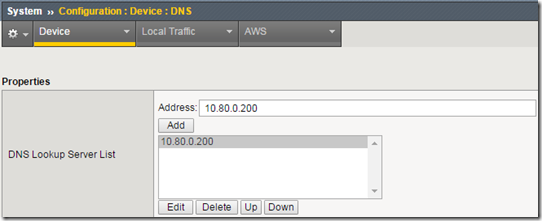Configuring APM Client Side NTLM Authentication

 Employee
Employee Employee
Employee Employee
EmployeeAfter some additional testing, I believe that a Windows Registry check would require something closer to what Michael Koyfman has described. So for clarity, it basically boils down to something like this:
Simplified iRule:
when RULE_INIT {
set static::ntlm_config "/Common/F5NTLM"
}
when ACCESS_SESSION_STARTED {
ACCESS::session data set "session.ntlm.last.retries" 0
}
when HTTP_REQUEST {
switch -glob -- [string tolower [HTTP::uri]] {
"/ntlm/auth" {
if { [HTTP::cookie value MRHSession] ne "" } {
set sid [HTTP::cookie value MRHSession]
}
catch {
set sid [ACCESS::session sid]
}
set referer [HTTP::header value Referer]
set x_session_id [HTTP::header value X-Session-Id]
if { [string length $x_session_id] != 0 } {
set sid $x_session_id
}
set retries [ACCESS::session data get -sid $sid "session.ntlm.last.retries"]
set auth_result [ACCESS::session data get -sid $sid "session.ntlm.last.result"]
if { ($auth_result == 1) || (($retries == 2) && ($auth_result != 1)) } {
ECA::disable
HTTP::redirect $referer
} else {
ECA::enable
ECA::select select_ntlm:$static::ntlm_config
}
unset x_session_id
unset referer
}
default {
ECA::disable
}
}
}
when ECA_REQUEST_ALLOWED {
ACCESS::session data set session.ntlm.last.username "[ECA::username]"
ACCESS::session data set session.ntlm.last.domainname "[ECA::domainname]"
ACCESS::session data set session.ntlm.last.machinename "[ECA::client_machine_name]"
ACCESS::session data set session.ntlm.last.status "[ECA::status]"
ACCESS::session data set session.ntlm.last.result 1
ACCESS::disable
HTTP::header insert X-Session-Id $sid
use virtual [ virtual name ]
}
The set of ACCESS::session set commands in the ECA_REQUEST_ALLOWED event are not expressly required, but useful if you need to access NTLM user information from elsewhere. So basically, once the Windows Registry check determines this is a domain client, control is passed to an external logon page that redirects to itself at the /ntlm/auth URI. The HTTP_REQUEST event in the iRule is triggered and enables/disables ECA based on where you are in the policy evaluation. Once NTLM/ECA succeeds, the ECA_ALLOWED_REQUEST event disables access evaluation and injects the X-Session-ID header.
It's worth noting that if you simply performed an IP subnet check in an iRule, you wouldn't need to do all of this.
Help guide the future of your DevCentral Community!
What tools do you use to collaborate? (1min - anonymous)